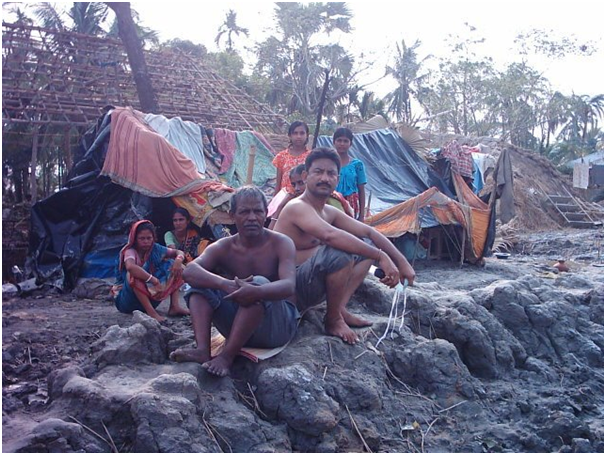Amartya Sen Report Points to Abysmal Condition of Muslims in West Bengal
KOLKATA: The ‘Living Reality of Muslims in West Bengal’ places them in ghettos without amenities and at the bottom of the economic ladder with little more than Rs 5000 (or less) a month to manage a family of at least five members.
Nobel Laureate Amartya Sen released a reality report in Kolkata that feeds into the first such study by Justice Rajinder Sachar that spoke of the sub-subsistence statistics of the minorities in West Bengal. Almost 80% rural Muslims in the state are borderline poor with the new study placing them at “the bottom of the economic ladder.”
The study points out that while Muslims constitute 27% of the state’s population, 38.3% of the rural households earn less than Rs 2500 a month.
The study has been undertaken by non profit organisation SNAP, Guidance Guild and Amartya Sen’s Pratichi Institute.
The report makes clear that the fairly substantial minority population has had no bearing on their uplift, quite the contrary in fact, with basic amenities not made available to areas with dense Muslim areas. Tap water, drainage, employment and even LPG cylinders are the casualty, with access to tap water dropping to 15.2, 40% less than the state average of 25.4%. The study citing these statistics points out, that the overall low statistics in terms of essential amenities for the Muslims points to “a combined community and class exclusion.”
In government jobs the figures are absurdly low, with the study recording a 1.55% of Muslims as school teachers and 1.54% with jobs in the public sector. In the private sector, the report notes, salaried jobs are rare as well. “In the entire sample of 7,880 households only five were found to have a college or university teacher, and there was no household with any of the highest category of professionals as members, such as doctors, engineers and advocates.”
Sen expressed deep concern about the living conditions of the Muslims in West Bengal. It was pointed out that the study was a step further than the Sachar Committee report as while that had relied on secondary sources, this had attempted to collate data and information from primary sources.
The report makes the following points as per a summary prepared by Catch News:
- Only 1.5% of rural Muslims in West Bengal have a regular salaried job in private sector.
- In the public sector, the share of Muslims with regular salaried jobs is much less at 1%.
- At least 13.2% of Muslim adults do not even have a voter card.
- 12.2% of Muslim households have drainage facility as against 31.3% in the state.
- The level of urbanisation - their shift towards cities, that is - among Muslims is 19%. The state average is 32%.
- At least 15% of Muslim children aged 6-14 years are out of school. A third of them suffer from lack of motivation and "see no future benefits" in getting an education. Of the 15% children who are out of school, 9.1% never enrolled while 5.4% dropped out.
- There are 10.6 secondary and higher secondary schools for every 100,000 people in West Bengal, but in the three Muslim-dominated districts of Murshidabad, Malda and North Dinajpur, this rate is 7.2%, 8.5% and 6.2% respectively.
- Some 82.1% of Muslims in the state source their information from the "local informed person" and political people. The culture of gathering information from radio, newspaper, television is absent.





